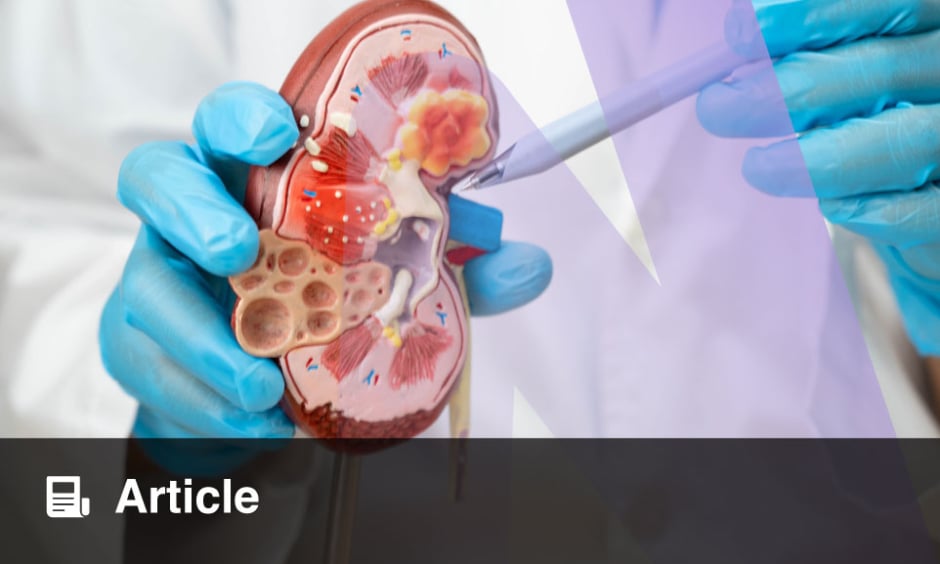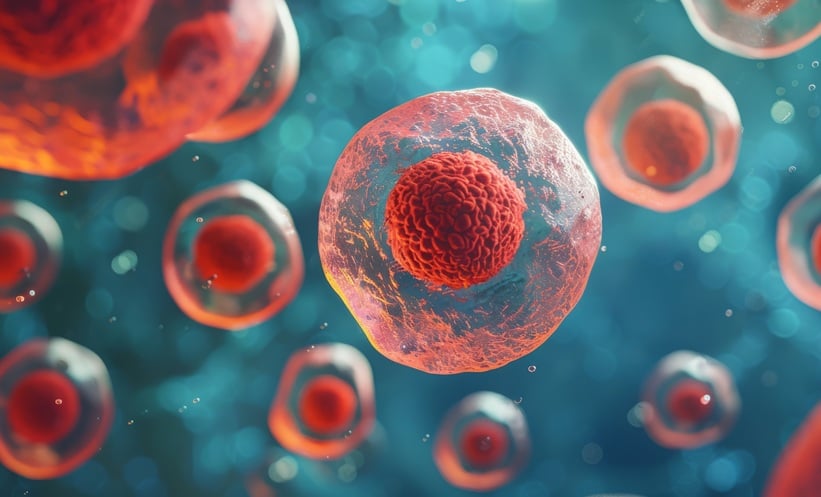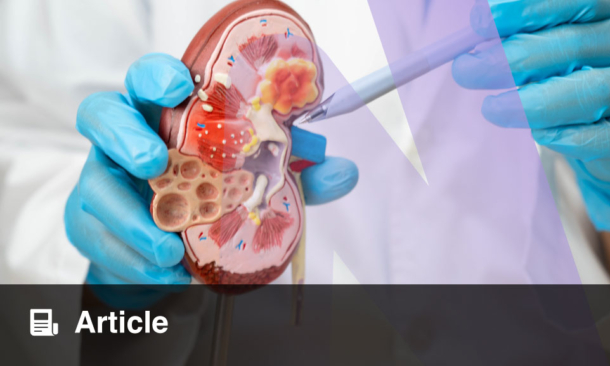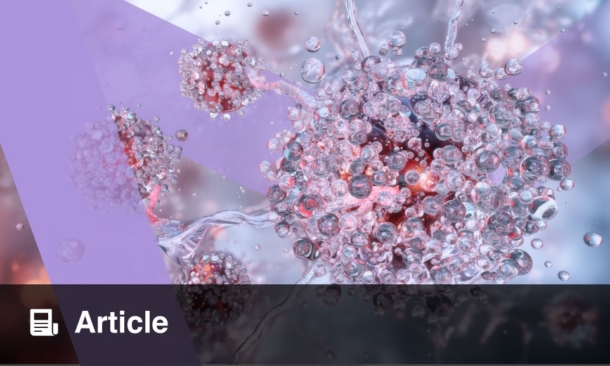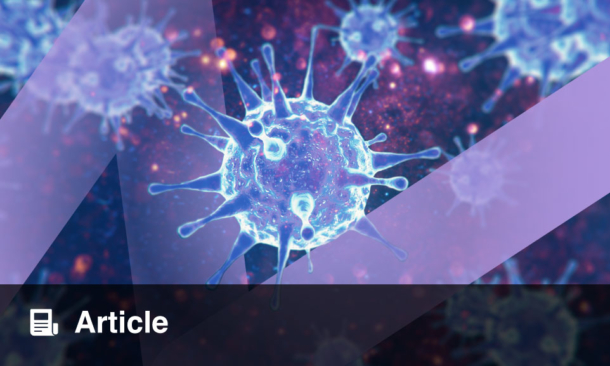Authors: *Shareen Forbes1,2
1. Islet Transplant Programme Scotland, Department of Islet Transplantation and Diabetes, Royal Infirmary of Edinburgh, UK
2. Institute for Neuroscience and Cardiovascular Research, The University of Edinburgh, UK
*Correspondence to [email protected]
Disclosure: Forbes collaborates with and is a principal investigator with Novo Nordisk Islet Stem Cell Therapy Programme; and receives funding from
Breakthrough T1D, The Helmsley Foundation, Novo Nordisk, and East Bio.
Keywords: ADO12 hydrogels, anti-thymocyte globulin (ATG), immunomodulation, islet transplantation, regulatory T cells (Tregs), SAB-142, VX-880 trial
Citation: EMJ Diabet. 2025;13[1]:24-29. https://doi.org/10.33590/emjdiabet/HYFI5286.
![]()
THE THERAPEUTIC landscape for Type 1 diabetes (T1D) is undergoing a paradigm shift, transitioning from lifelong insulin management to strategies targeting a functional cure. Achieving this goal mandates the successful replacement of lost β-cell mass while establishing immunological protection against autoimmune recurrence and allograft rejection.1 Historically, these requirements have created a fundamental problem: highly effective cell replacement therapies necessitate chronic systemic immunosuppression (IS), which carries the risk of cancer and infection, limits patient applicability, and potentially compromises the islet graft.2 Updates on this topic were presented at the European Association for the Study of Diabetes (EASD) Annual Meeting 2025.
TARGETED TOLERANCE STRATEGIES AND RESTORING GENERATION OF ENDOGENOUS INSULIN
Recent data presented at the EASD symposium, titled “Guardians of the Islet Galaxy: Protect and Replace” highlighted profound advancements in both the restoration of endogenous insulin production and the development of targeted tolerance strategies. The success of allogeneic stem cell-derived islet therapy establishes a critical benchmark for functional reversal of T1D. Simultaneously, parallel advances in precision immunomodulation and bioengineering offer viable routes to dissociate cell replacement from the systemic toxicities of chronic IS.
UPDATES ON β-CELL REPLACEMENT
The early-phase β-cell transplant trials in humans should first be highlighted. The ongoing Phase I/II/III FORWARD trial (NCT04786262)3 evaluates VX-880, an allogeneic, fully differentiated embryonic stem cell-derived islet therapy, which provides definitive clinical validation of the potential for cell replacement to ‘functionally cure’ T1D. The abstract presented by de Koning4 outlined the enrolment of adults with established T1D and recurrent severe hypoglycaemic episodes (SHE) with impaired awareness of hypoglycaemia into the trial, a group with a high unmet medical need. Participants received a single infusion of VX-880 into the hepatic portal vein, alongside a standard IS regimen that included induction therapy with anti-thymocyte globulin (ATG) and IS with the calcineurin inhibitor (CNI), tacrolimus. Analysis of the 12 participants who received a full dose and were followed for at least 1 year (as of October 2024) revealed comprehensive metabolic reversal. All 12 participants demonstrated engraftment with durable, glucose-responsive C-peptide production beginning by day 90. Critically, all participants were free of SHEs from day 90 onwards, demonstrating that functional engraftment rapidly restored the physiological counter-regulatory responses essential for patient safety in this high-risk cohort. The degree of glycaemic control achieved confirms the transformative potential of this approach. At month 12, the mean HbA1c for the cohort dropped significantly from 7.8% at baseline to 6.0%. Furthermore, the mean time in range increased from 49.5% to 93.0%. Every participant achieved the American Diabetes Association (ADA) target HbA1c of <7%. Participants achieved a 92% mean reduction in insulin use, and 10 of 12 participants (83%) were completely free of exogenous insulin at 12 months. The median duration of insulin independence was 232 days. The overall safety profile was good; however, serious adverse events did occur in a minority of participants and were associated, in all instances, with the IS, not the stem cell-derived islets. The robustness of the outcomes, especially the rapid reversal of SHEs and high rate of insulin independence, validates the scalability and functional competence of the stem cell-derived manufacturing process. However, the requirement for chronic IS remains the central clinical and logistical challenge, underscoring the necessity for advancing tolerance strategies to unlock the therapy’s universal applicability. In the short term, consideration of alternative non-T cell depleting induction agents that prevent T-lymphocyte proliferation but do not lead to absolute lymphopaenia is warranted. Stem cell-derived islets may be less immunogenic than human islets, but more research is needed in this area. A further consideration is the development of CNI-sparing IS regimens, as CNIs decrease regulatory T cells (Tregs). Strategies to eliminate CNIs and promote immune tolerance are of the utmost importance and are an area of intensive research. The VX-880 trial has paved the way for alternative β-cell replacement therapies with induced pluripotent stem cell (iPSC)-derived islets, as described in a case study by Nakamura in this session.5
PRECISION IMMUNOMODULATION ADVANCES
To bypass the requirement for chronic IS, immune-targeted therapies that aim to induce antigen-specific tolerance are being developed, thereby protecting both the allograft and any residual native β cells. This intervention is associated with the preservation or modulation of Tregs and is being achieved in a number of ways.
ENGINEERED TREGS TARGETING β-CELL STRESS NEOEPITOPES
The functional deficiency of Tregs in T1D pathogenesis is a well-established observation.6,7 A promising therapeutic avenue involves engineering Tregs to recognise specific antigens present in the inflammatory islet microenvironment.8 Callebaut presented the successful generation of engineered Tregs (EngTregs) specific to post-translationally modified neoepitopes, such as citrullinated and deamidated peptides, which are produced when β cells undergo endoplasmic reticulum stress.9 This strategy leverages the mechanism of disease pathogenesis itself: these EngTregs are activated only upon recognition of neoantigens formed and released by stressed human β cells, not by healthy cells.10 When co-cultured with stressed iPSC-islets, these EngTregs demonstrated robust targeted suppression via a bystander effect, reducing the proliferation of CD4 T effector cells and critically mitigating CD8 T cell-mediated islet cell death. The necessity of endoplasmic reticulum stress for neoantigen release means the EngTregs are activated only in the inflammatory environment of the stressed islet, ensuring localised and specific suppression precisely where inflammation is active, optimising the therapeutic index for autoimmunity.
REDEFINING IMMUNOSUPPRESSION WITH HUMAN ANTI-THYMOCYTE GLOBULIN
Traditional rabbit-derived ATG (rATG) preserves C-peptide levels in patients with T1D but is associated with a high risk of adverse events such as serum sickness.11 Research has described a fully human ATG (hATG), SAB-142, which represents a significant refinement in immunomodulatory therapy.12 Preclinical data showed that SAB-142 achieved T cell cytotoxic effects comparable to rATG while notably sparing the Treg population. The observed mechanism of action for SAB-142 involves promoting sustained exhaustion in both CD4 and CD8 T cell subsets. This is evidenced by increased expression of inhibitory receptors such as programmed death 1 (PD-1) and T cell immunoreceptor with Ig and ITIM domains (TIGIT), which persisted through day 120. This contrasts with rATG, which causes sustained lymphodepletion. Simultaneously, Tregs exhibited increased expression of inhibitory receptors, suggesting enhanced suppressive function. By avoiding sustained lymphodepletion and eliminating the risk of serum sickness and anti-drug antibody generation, SAB-142 is positioned as a novel re-doseable immunomodulator. This therapy redefines the use of ATG, transforming it from a non-specific depleting agent into a mechanism-driven platform capable of facilitating sustained suppression and promoting immunotolerance. It is worth noting that early-phase trials with an investigational anti-CD40L antibody immunosuppressive agent, which targets CD40L (CD154), a key mediator of the immune response, have shown encouraging results in islet transplant recipients. Funded by Breakthrough T1D, New York, USA, these studies demonstrated that this therapy could eliminate the need for tacrolimus, a drug known to reduce Treg populations.13 Importantly, it was well tolerated and associated with high rates of insulin independence. Overall, these promising findings pave the way for larger-scale trials and offer hope for strategies that combine this therapy with other complementary approaches. These promising findings pave the way for larger-scale trials and offer hope for strategies that combine this therapy with other complementary approaches.
PHYSICAL SHIELDS AGAINST REJECTION
Strategies to protect islet grafts include bioengineered hydrogels, enabling physical isolation of the cell graft using encapsulation technology. This approach offers a means to eliminate systemic IS by creating a perm-selective physical shield. Insights into the ADO12 hydrogel film were presented during the Annual Meeting.14 The hydrogel is a non-fibrotic encapsulation system designed as an easily implantable and retrievable scaffold. In preclinical studies, it successfully protected stem cell-derived islets. Crucially, studies showed that the stem cell-derived islets retained in vitro functionality and, upon in vivo implantation in mouse models, underwent functional maturation over 2–3 months. This was evidenced by decreased basal insulin secretion and increased glucose stimulation indices. This observation is paramount because it confirms that the mechanical protection afforded by encapsulation does not impede the necessary post-transplant developmental maturation of stem cell-derived islets, reinforcing that physical protection and functional maturity are compatible goals. A further abstract was presented, which described advancements in bioengineering with novel, crosslinked synthetic hydrogels compatible with 3D bioprinting.15 These hydrogels effectively excluded large molecules, such as IgGs (150 kDa), responsible for triggering rejection, while ensuring rapid diffusion of necessary molecules like insulin (5.8 kDa). When transplanted into immunocompetent diabetic animals (mice, rats, and pigs), these encapsulated human and rat islets maintained functionality and achieved durable blood glucose control for >140 days without requiring systemic IS. The demonstration of efficacy in both small and large animal models validates the engineering principles and confirms that scalable, off-the-shelf physical isolation is feasible for clinical application.
CONCLUDING REMARKS
The symposium data mark a clear inflection point in T1D therapy development. The functional success demonstrated by the VX-880 FORWARD trial provides the field with a high-water mark for restorative efficacy, proving that stem cell-derived islet replacement is capable of achieving a near-curative state for high-risk patients. However, the continued necessity of systemic IS dictates that parallel efforts in tolerance induction must be accelerated. The emergence of precision immunomodulation, such as antigen-specific EngTregs activated only by pathogenic neoepitopes, and the refined immunomodulatory mechanism of hATG, suggests that targeted immune resetting and tolerance induction are rapidly maturing from theoretical concepts to clinical reality. Concurrently, breakthroughs in bioengineering, exemplified by the confirmed in vivo maturation of stem cell-derived islets within encapsulation systems and successful long-term immune evasion in large animals, offer an entirely orthogonal solution to the IS dilemma. Initial clinical exploration of alternative delivery methods, such as the first-in-human transplantation of iPSC-derived islet cell sheets, further expands the toolkit for cell replacement, though these approaches currently remain IS-dependent. The future trajectory of T1D therapy involves the integration of these successful stem cell-derived islet platforms with strategies that genetically or physically eliminate immune rejection, or through optimised, non-toxic immunomodulation. By refining these mechanisms, investigators are closing the gap between functional cure and safe, universally accessible therapy.

